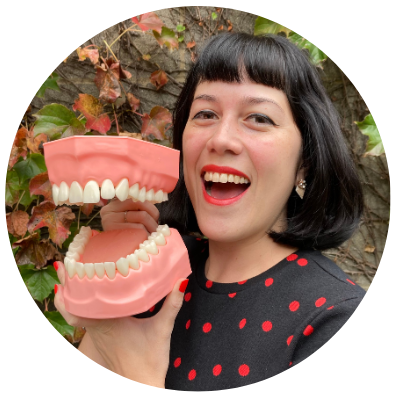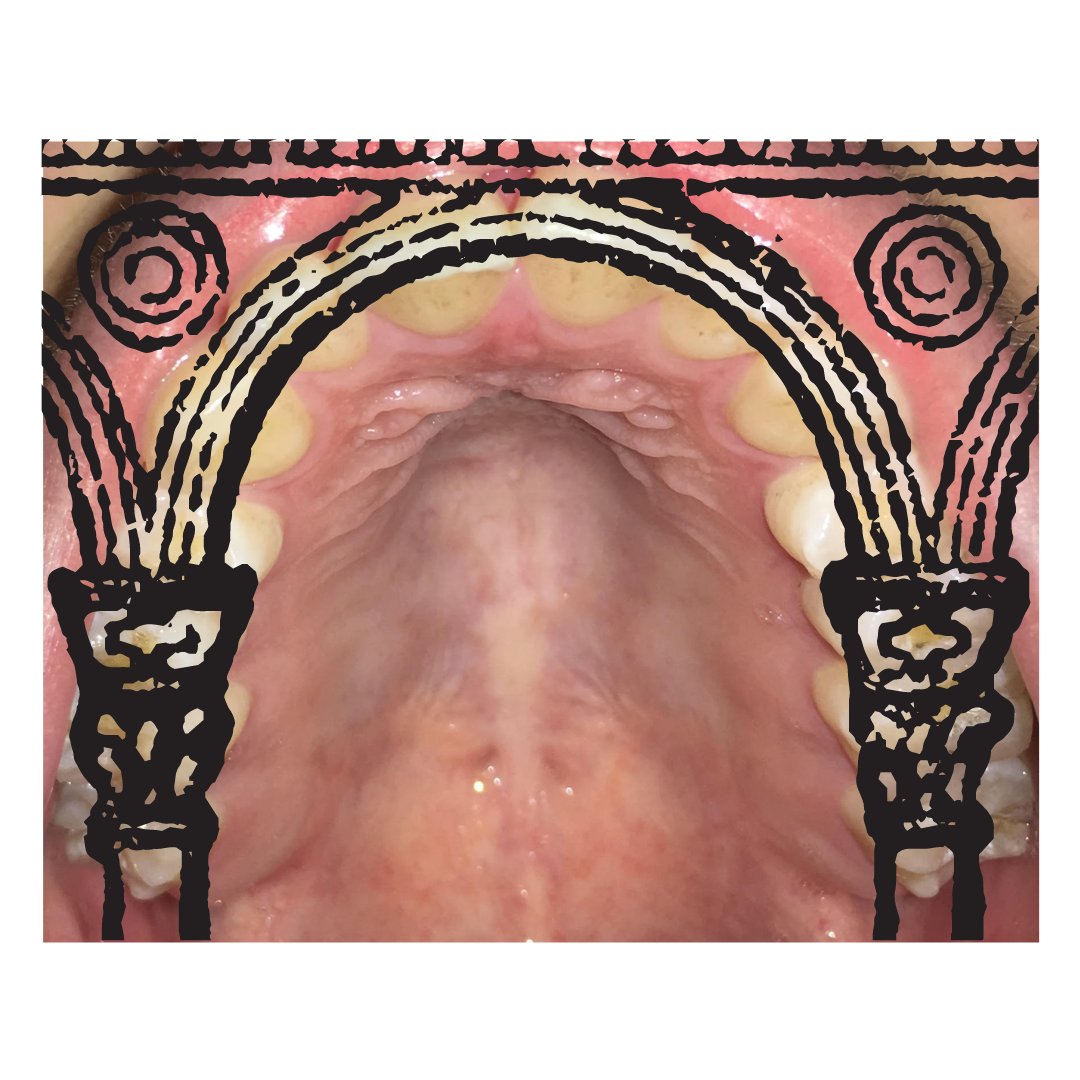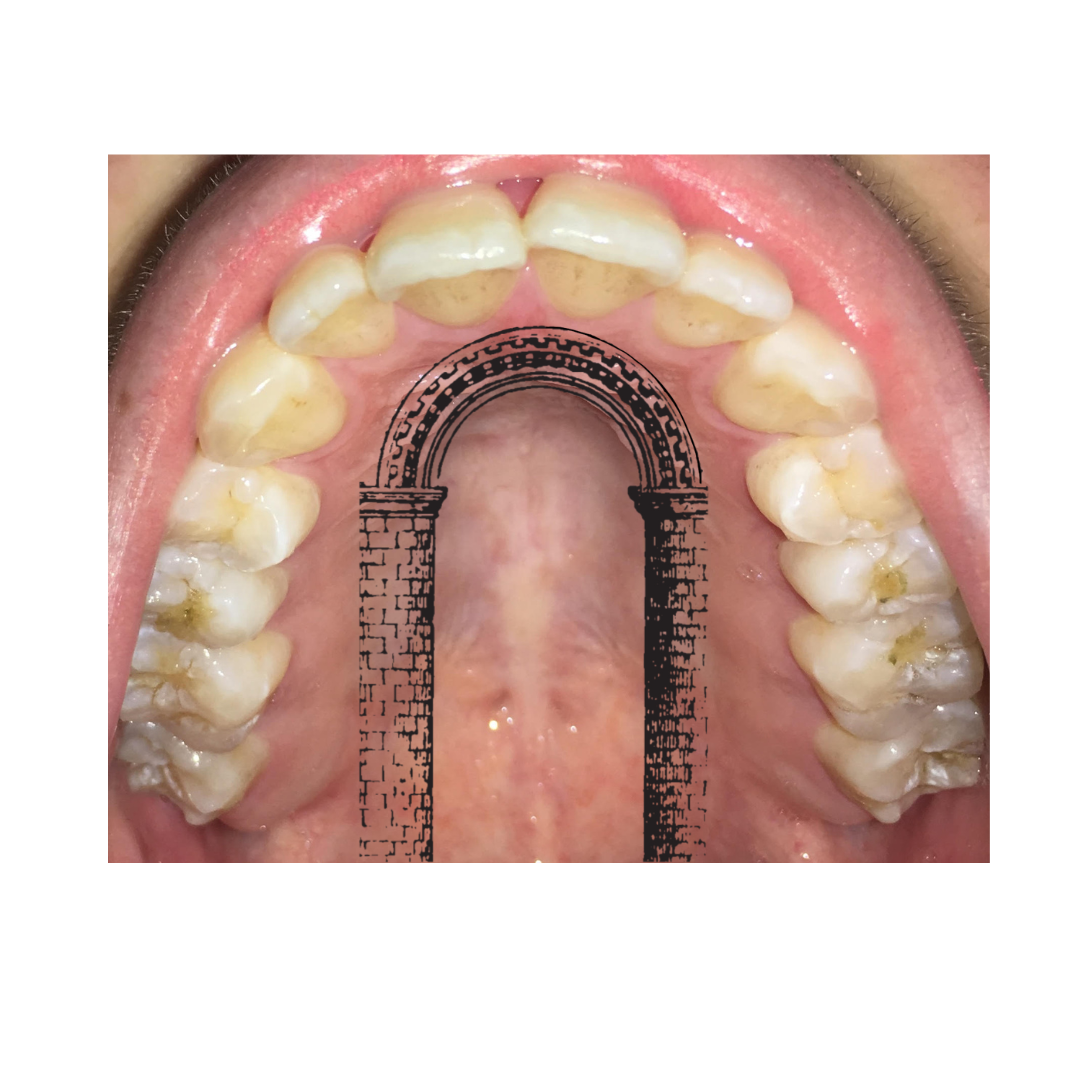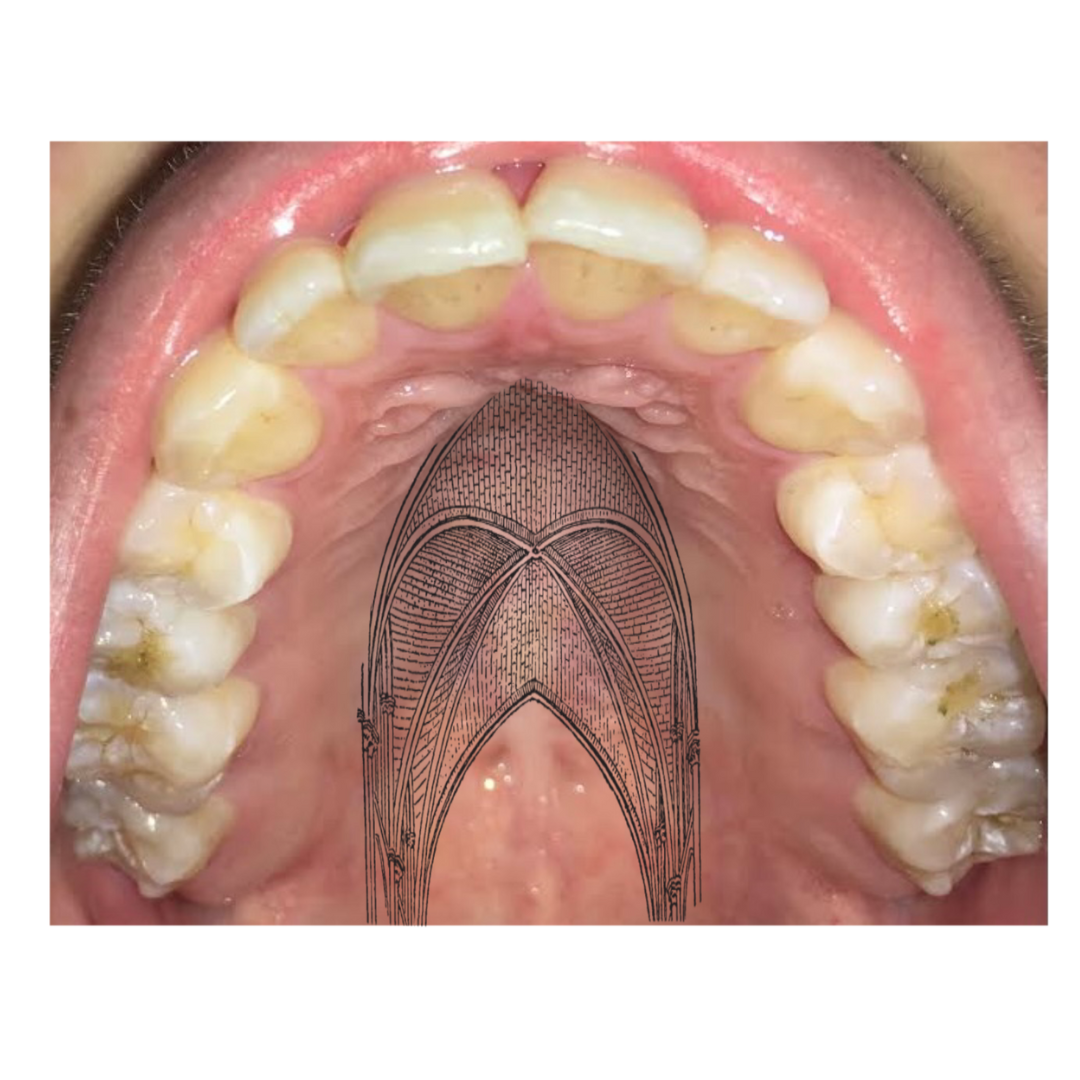Arches & Vaults - The Architecture of the Oral Cavity
Published: May 26, 2023
Orofacial Myologists often use building and construction terms to explain the oral structures in the mouth and how they function. We often say “the palate is the roof of the mouth” or “the palate is the floor of the nasal cavity”. Then we even weave in more sophisticated architectural terms to further explain our ideas, “narrow V-shaped arches” and “high vaulted-palate”. Hard palates remind me of the vaulted cathedral ceilings I’ve been in awe of during my travels. Using these architectural descriptors helps us to decode the form of the palate, how it may have formed that way and what functions it could be helping or hindering.
I like to split my observations of the palate into three descriptions:










